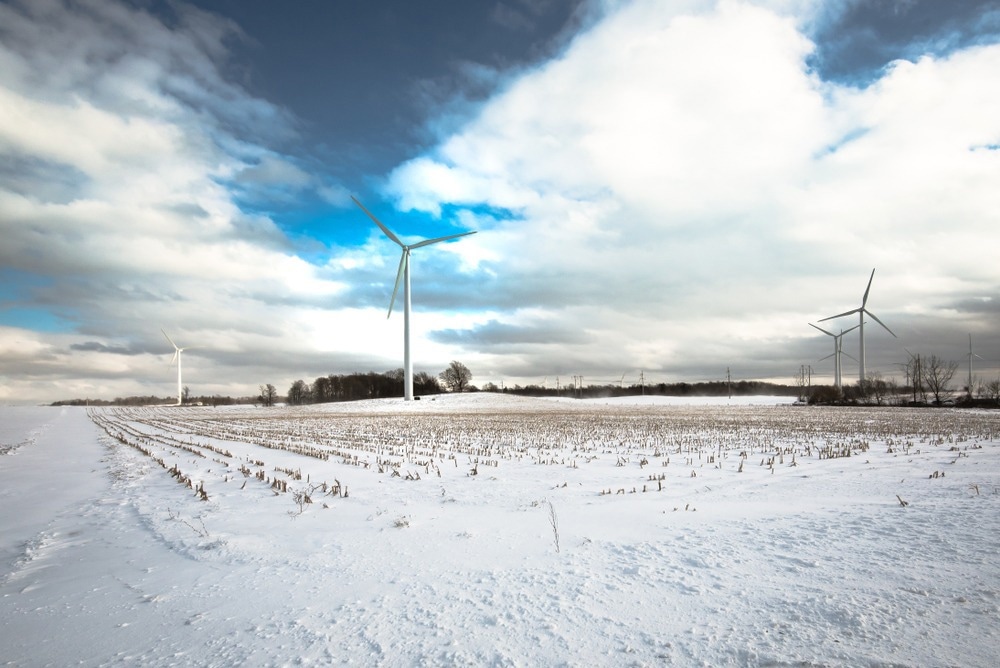In a recent paper published in the journal Environmental Science and Technology, researchers from McGill University demonstrated that wind farms typically utilize only 5% of farmland. The study suggested that wind turbines on existing infrastructure can be seven times more efficient, paving the way for accurate environmental sustainability assessments in future energy technology development.

Image Credit: Chinnasut Nhurod/Shutterstock.com
The belief that wind farms need much more land than fossil fuel-powered power plants has prevented decision-makers from investing in wind energy. This is not the case, according to McGill University research based on the largest study of its kind, which evaluated the land use of nearly 320 wind farms in the United States.
Misplaced Preconceptions About the Land Use of Gas-Fueled Electricity
The study revealed that while wind farms are often perceived to occupy significant land, only 5% of the entire farmland is utilized by wind power infrastructure, with the remainder often serving other purposes, such as agriculture.
The research demonstrated that siting wind turbines in areas with pre-existing infrastructure, like agricultural land, can result in approximately seven times greater efficiency in energy production per square meter of directly impacted land compared to projects developed from scratch.
The land use of wind farms has often been viewed as among the predominant challenges to wind development. But, by quantifying the land area used by nearly 16,000 wind turbines in the western U.S., we found that gas-fired generation offers no real benefits in terms of lesser land use when the infrastructures, including all the wells, pipelines, and roads associated with the natural gas supply chain, are considered.
Sarah Jordaan, Associate Professor and Study Senior Author, Department of Civil Engineering, McGill University
A New Approach to Future Energy Technology Assessments
Until now, obtaining a comprehensive picture of the land use related to wind power in the United States has been challenging because previous research examined the land use and associated infrastructure on a relatively small scale, making it challenging to conclude their findings. Instead of focusing on the land directly affected by the infrastructure, other studies have relied on estimates of the entire wind farm.
The researchers trained a deep learning model to analyze land use in wind farms. The analysis is done by combining data from GIS (geographic information systems) with machine learning models created using almost 2000 images of wind farms from the American portion of the Western Interconnection, which supplies electricity to 14 states in the United States, as well as to parts of Canada and Mexico. They evaluated several variables (turbine location, age, and relationship to pre-existing roads) that affect the land directly affected by wind infrastructure.
The method we have developed is potentially useable for future assessments of various energy technologies, whether in terms of environmental impact analysis or energy systems planning for net zero emissions. In fact, it sets the stage for the first consistent comparisons of environmental sustainability across different energy technologies in future.
Sarah Jordaan, Associate Professor and Study Senior Author, Department of Civil Engineering, McGill University
Journal Reference:
Dai, T., et al. (2024) Land Resources for Wind Energy Development Requires Regionalized Characterizations. Environmental Science and Technology. doi.org/10.1021/acs.est.3c07908.